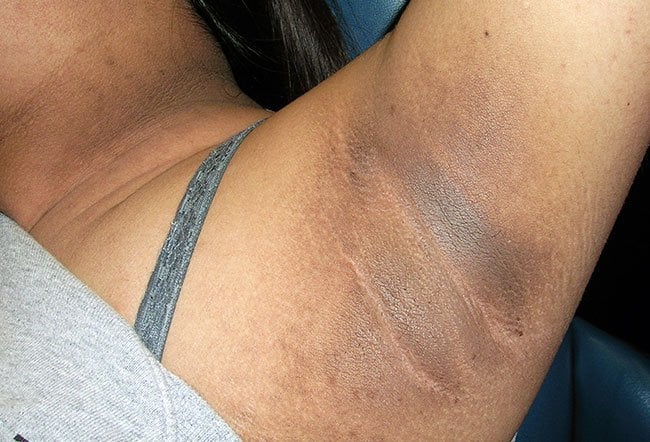Understanding and Treating Diabetes
- Category: Health & Wellness, Diabetes
- Posted On:
- Written By: Lompoc Valley Medical Center

Diabetes is a disease of altered insulin secretion and or peripheral resistance that results in hyperglycemia, or abnormally high blood glucose. Diabetes mellitus (DM) is a common health problem worldwide. In the United States, 8 percent of the population-- or 17.9 million -- people have been diagnosed with DM. Despite such high numbers, the disease is under-diagnosed and it is estimated that 5.4 million people have undiagnosed diabetes. It is important to learn about diabetes, as it is estimated that 182,000 deaths annually are attributed to diabetes mellitus and its complications.
What are the different types of DM?
In general, diabetes is classified as Type 1, Type 2 and Gestational diabetes. There are other subtypes of DM such as drug or chemical-induced.
- Type 1 DM (autoimmune) results from the destruction of pancreatic B-cells, leading to a lack of insulin. These patients require insulin to prevent hyperglycemia (abnormally high blood glucose) and ketone formation. The typical patient with this disease has a lean body type or reports to physicians a history of weight loss prior to being diagnosed. Less than 20 percent of their first-degree relatives also have diabetes. The patient may also have other autoimmune disorders such as Hashimoto’s thyroiditis, or when the immune system attacks the thyroid gland. Type 1 DM occurs during the first two decades of life. If it presents itself during adulthood, it is known as latent autoimmune diabetes of adulthood (LADA).
- Type 2 DM involves impaired insulin secretion due to dysfunction of pancreatic B-cells resulting in insulin resistance. Due to insulin resistance, glucose levels increase in the body leading to hyperglycemia. The typical patient with Type 2 is overweight or obese. They may also have a history of weight gain prior to presentation. They have a strong family history of first-degree relatives with diabetes. Type 2 DM typically presents in adulthood.
- Gestational Diabetes develops during pregnancy. The blood glucose levels return to normal after delivery. But these patients are at an increased risk of developing Type 2 DM.
What are the symptoms of diabetes?
Patients present with many varying symptoms but the three main symptoms include increased urination (polyuria), increased thirst (polydipsia) and increased hunger/appetite (polyphagia).
Why should I control my DM?
It is important to have good control of diabetes in any form to prevent the multiple complications that are associated with the disease. The severity of not controlling your diabetes cannot be understated. Some of the acute complications of DM include:
- Diabetes ketoacidosis due to uncontrolled hyperglycemia. This results in exaggerated ketone production, acidosis, dehydration, and electrolyte disturbance. These patients have to be admitted and require insulin infusion.
- Chronic/long-term complications of DM include kidney disease (nephropathy), eye disease (retinopathy) nervous system problems (neuropathy) and heart problems (cardiovascular).
Why does my skin look velvety?
Acanthosis nigracans is a skin manifestation of diabetes in which skin becomes dark, velvety, thickened in flexural areas such as the armpit and back of the neck. AC can also be associated with obesity, Cushing’s disease, and malignancy.

How is diabetes diagnosed?
Your doctor will evaluate you for symptoms of diabetes such as excessive urination, increased thirst and increased hunger, weight loss, extremely high blood sugar (hyperosmolarity) as well as a random glucose of 200mg/dl or greater. Using blood tests, the doctor will evaluate for:
- A fasting glucose of 126mg/dl or greater or a random plasma glucose of greater than 200mg/dl on two separate occasions
- A hemoglobin A1c of 6.5 percent or greater

My doctor said I have prediabetes. What does that mean?
Prediabetes means that the glucose levels are high but not high enough to fall into the category of diabetes. Patients with prediabetes are at increased risk of developing diabetes unless they take measures to prevent diabetes. Such measures include losing weight, exercising and maintaining a low carbohydrate diet.
The criteria for diagnosing prediabetes include:
- A fasting glucose of 100-125 mg/Dl
- A hemoglobin A1c of 5.7-6.4 percent
How is DM treated?
The treatment goal for DM is to control blood glucose levels. Patients with Type 1 DM are required to have insulin as a treatment.
With Type 2 diabetes, insulin may be required for certain conditions such as pregnancy, very high hemoglobin A1C levels or diabetic ketoacidosis, a life-threatening condition that develops when cells in the body are unable to get the glucose they need for energy because there is not enough insulin.
Oral medications are used in Type 2 DM. Your physician will decide the best therapy based on the degree of reduction of the hemoglobin A1c and/or the degree of control needed for fasting blood glucose.
A history of heart failure, renal disease, cerebrovascular disease will determine which oral medications your physician will prescribe.
Maintaining a healthy diet and losing weight have been shown to improve blood glucose levels and to decrease diabetes complications.






